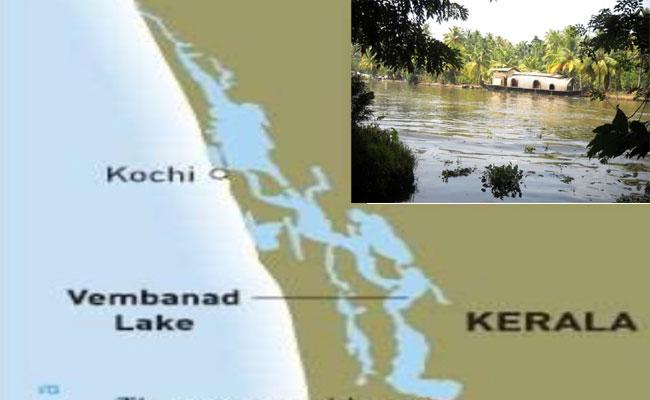Vembanad, And The Message In The Bottle

A plastic plague is snuffing the life out of Kerala’s largest wetlands
By Harshada R, a student intern at Azim Premji University
At 83.72 kilometres, the Vembanad Lake is the longest lake in the country. Fed by 10 rivers, it supports life in cities of Kerala, and nourishes a wetland spanning 2,033 sq km. It was identified as a Ramsar site as per the guidelines of an international treaty for the conservation and sustainable use of wetlands. Vembanad is the largest Ramsar site in the state.
As with any other system, this one, too, is under threat from various agents --- such as the Thanneermukkom saltwater barrage, loss of biodiversity due to human activities and the drastic increase in water pollution. I went on a field immersion to look at the socio-ecological system surrounding the Vembanad Lake hydro system. I viewed the lake through the lenses of various stakeholders. We visited paddy fields in Muttar, tourist spots, canals, the beach in Alappuzha, clam collection cooperatives in Muhamma, and the Thanneermukkom Bund. We even took a ferry around the whole lake, especially the Kuttanad region. Along the way, I noticed a disturbing amount of plastic waste. Through my documentation, I hope to encourage the audience to imagine what a water body experiences when inflicted with such rampant pollution.
On my second day there, I went to the Alappuzha beach with a few others. It was early in the morning and we were greeted by grey skies, grey water, grey sand and plastic. All sorts of plastic. The transparent plastic of the water bottle washed up by the waves; the fluorescent yellow plastic of the ice-cream cup poking out of the sand; the flimsy plastic of the carry-bag; the molded plastic that once held pills… plastic, plastic plastic!
As I started capturing these visuals using my camera, I was struck by how beautiful they all looked. The realization that this ‘pretty trash’ will not degrade for centuries made me feel sad for the sea. After clicking the photograph of one particular plastic bottle, I started to think about how this was in a way nature’s message in a bottle --- a desperate cry for help from its suffocated water bodies.
I want to showcase this cry for help in a way that strikes a chord with the audience. How does the lake feel when someone hurls a plastic bottle cap at it? Or when plastic bags threaten to choke its lungs? How does the lake feel, flowing through so much waste, dirtying itself more and more with every passing second?
The next time we buy a bottle of water, think of this: Remember the ice-cream cup on Alappuzha Beach, the bag of chips floating on Vembanad.
If we can reduce our level of waste production by even 0.1%, that is progress.
Also Read: Hyderabad Animal Lovers to Make Emotional Plea against Animal Cruelty and Abuse




